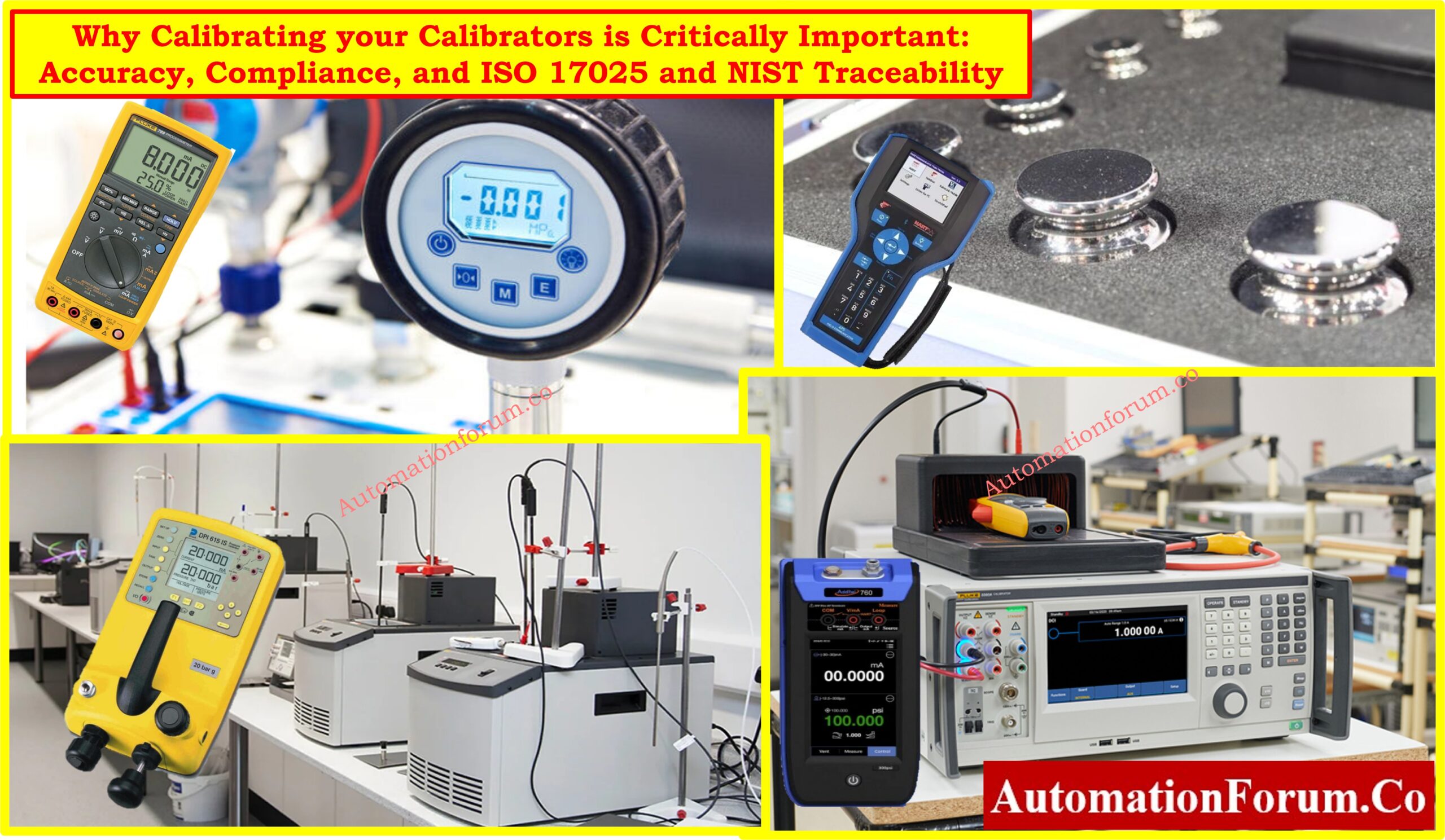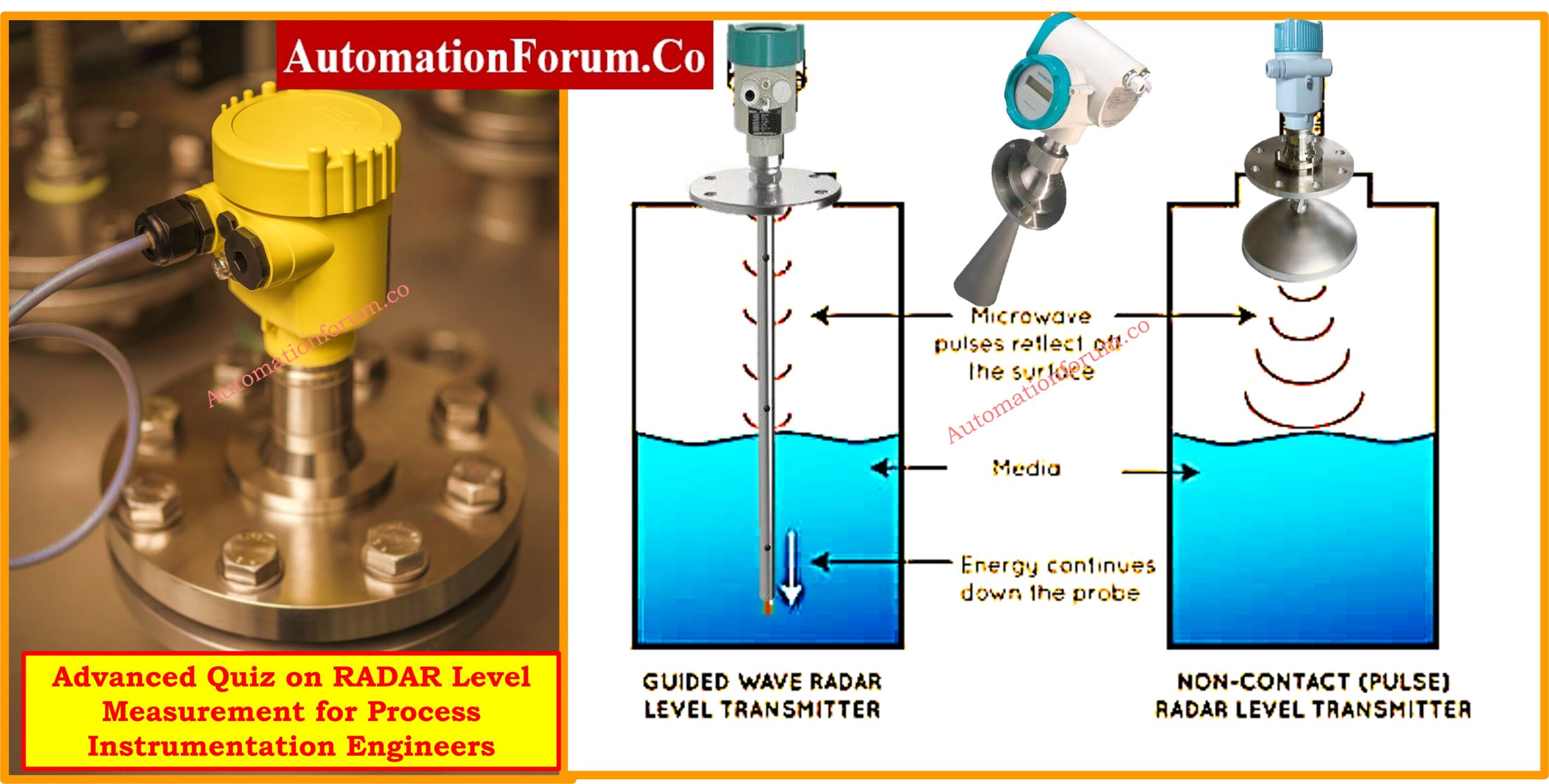Table of Contents
- Safety Precautions
- Tools and Equipment Required for Troubleshooting Thermocouple
- Required Drawings and Documentation
- Step-by-Step Thermocouple Troubleshooting Procedure
- Step 1: Visual Inspection
- Step 2: Verify Thermocouple Type
- Step 3: Verify Compensation Cable and Polarity
- Step 4: Measure Open Circuit Voltage and Verify Calibration
- Step 5: Check for Continuity and Insulation Resistance
- Step 6: Inspect Connectors and Thermowell
- Step 7: Verify Transmitter Operation and Configuration
- Step 8: Verify Junction Type and Grounding
- Step 9: Verify Loop Components
- Step 10: Check for Blown Fuses and Marshaling Panel
- Step 11: Measure Loop Current
- Step 12: Verify Control System Input
- Step 13: Perform Functional Tests
- Step 14: Closing the Work Permit and Lockout/Tagout After Completion of the Job
- Step 15: Final Inspection and Documentation
- Downloadable Check List for Troubleshooting Thermocouple
- When it comes to process plants, thermocouples are crucial components because they are necessary for precise temperature measurement. However, issues can arise that necessitate troubleshooting.
- This guide provides an extensive procedure for troubleshooting a thermocouple in an analog input loop with a transmitter, ensuring a thorough approach and adherence to safety standards.
Safety Precautions
Personal Protective Equipment (PPE)
- Wear safety glasses, gloves, flame-resistant clothing, and protective footwear.
- Use hearing protection if working in a noisy environment.
Electrical Safety
- Use insulated tools to prevent electrical shocks.
- Verify that all equipment is properly grounded before starting any work.
- Avoid working in wet conditions to prevent electrical hazards.
System Isolation
- Follow lockout/tagout (LOTO) procedures to ensure the system is de-energized.
- Verify zero voltage using appropriate testing equipment before beginning work.
- Place warning signs and barriers around the work area to prevent unauthorized access.
Work Area Safety
- Ensure the work area is clear of any trip hazards or obstructions.
- Be aware of nearby hazardous materials and take necessary precautions.
- Be cautious of high-temperature environments and allow equipment to cool down before handling.
- Ensure adequate ventilation when working in confined spaces to avoid inhaling harmful fumes.
- Follow the work permit System prior to start the work
Interlock Inhibit Procedure Before Starting the Job
- Review P&ID and control logic diagrams to find all relevant interlocks.
- Get approval from the necessary authorities to inhibit interlocks.
- Notify all relevant teams about the interlock inhibit process and its duration.
- Safely disable the interlocks using the control system or manual override, following guidelines.
- Record details of the interlock inhibition, including date, time, reason, and responsible personnel.
Tools and Equipment Required for Troubleshooting Thermocouple
- Digital multimeter
- Calibrated temperature simulator(process calibrator)
- Insulation resistance tester (megger)
- Thermocouple reference tables
- Standar tools
- Personal Protective Equipment (PPE)
Required Drawings and Documentation
- P&ID (Piping and Instrumentation diagram Illustrates the piping and related components of the physical process flow.
- Instrument Loop diagram Shows the connections and layout of the control loop, including the thermocouple and associated transmitter.
- Wiring diagram provides the details the electrical connections between the thermocouple, compensation cable, and transmitter.
- Thermocouple Datasheet Provides specifications, including type, calibration data, and color codes.
- Transmitter Datasheet Includes configuration settings, input type, and output signal specifications.
Step-by-Step Thermocouple Troubleshooting Procedure

Step 1: Visual Inspection
Inspect the Thermocouple and Wiring
- Check for visible damage such as cuts, fraying, or corrosion on the
- thermocouple wires and insulation.
- Ensure connections are tight and free from oxidation or contamination.
Verify Documentation
- Refer to P&ID, instrument loop diagram, wiring diagram, and datasheets to verify correct installation.
- Ensure the thermocouple and transmitter match the specifications.
Check the Thermocouple Junction
- Confirm the thermocouple junction is intact and not physically damaged.
Examine the Transmitter
- Inspect the transmitter for any physical damage or loose connections.
- Verify the transmitter is properly mounted and not exposed to excessive vibrations or temperatures.
Step 2: Verify Thermocouple Type
- Confirm the thermocouple type (e.g., Type J, K, T) matches the specifications in the documentation.
Step 3: Verify Compensation Cable and Polarity
Check Compensation Cable
- Verify the compensation cable type and condition.
- Ensure the cable is free from physical damage and properly rated for the thermocouple type.
Polarity Check
- Verify the polarity connections respect color coding on both sides (thermocouple and transmitter).
- Refer to the manufacturer’s color coding guide to ensure correct connections.
Step 4: Measure Open Circuit Voltage and Verify Calibration
- Disconnect the thermocouple from the transmitter.
- Use a digital multimeter to measure the open circuit voltage of the thermocouple.
- Compare the measured voltage mV to the expected value using the manufacturer’s millivolt table to ensure it is producing the correct voltage for the given temperature.
- This mV measurement should be done after disconnecting the compensation wire from the thermocouple.
- If the thermocouple is open-circuited and needs to be replaced with a new, calibrated one of the same type.
Click here for How to Select the Right Thermocouple for Temperature Measurement Applications?
Verify Calibration:
- Use a temperature bath to heat the thermocouple to a known temperature. Compare the thermocouple output to standard reference values to ensure accurate calibration.
Click here for 8 Steps Calibration Procedure for Thermocouple
Step 5: Check for Continuity and Insulation Resistance
- Set the multimeter to resistance mode.
- Measure the resistance between the thermocouple wires. A high resistance indicates a broken wire or poor connection.
- Use a megger to check insulation resistance between the thermocouple wires and ground. A low resistance indicates potential moisture ingress or insulation breakdown.
Step 6: Inspect Connectors and Thermowell
Check Connectors
- Ensure all connectors in the compensation cable are secure and free from corrosion.
- Verify that the connectors match the thermocouple type.
Inspect Thermowell
- Check the condition of the thermowell if installed.
- Ensure it is free from corrosion, cracks, or any physical damage.
- Ensure connectors are secure and thermowell is intact
Step 7: Verify Transmitter Operation and Configuration
Simulate Thermocouple Input
- Use a calibrated temperature simulator to inject a known temperature signal into the transmitter.
- Verify that the transmitter output matches the simulated temperature.
Click here for How to simulate RTDs and Thermocouples using Multifunction calibrator?
Check Transmitter Configuration
- Ensure the transmitter is configured for the correct thermocouple type and range.
- Review the transmitter’s calibration settings and adjust if necessary. Always refer the Instrument data sheet for the configuration setting.
Step 8: Verify Junction Type and Grounding
- Confirm correct junction type and grounding practices.
- Verify the junction type of the thermocouple (grounded or ungrounded) as per the datasheet. If the thermocouple is faulty replace it with same type.
- Ensure correct grounding practices are followed to avoid electrical noise interference.
Step 9: Verify Loop Components
Inspect Field Wiring
- Check the entire length of the field wiring for damage or wear.
- Ensure proper shielding and grounding to prevent electrical noise interference.
Check Connections
- Verify that all connections in the loop, including junction boxes and control system terminals, are secure and free from corrosion with loop diagram.
Step 10: Check for Blown Fuses and Marshaling Panel
- Check for any blown fuses in the loop and replace if necessary.
- Inspect cables in the marshaling panel with loop diagrams to ensure correct wiring and connections.
Step 11: Measure Loop Current
- Reconnect the thermocouple to the transmitter.
- Use a loop calibrator or digital multimeter to measure the loop current at the transmitter output.
- Ensure the current reading corresponds to the measured temperature.
Click here for How to calibrate Thermocouple Transmitter?
Step 12: Verify Control System Input
Check Control System Readout
- Ensure the control system receives and displays the correct temperature from the transmitter.
- Verify input scaling matches the transmitter’s output range.
- Check control system readout and input scaling
Review Control System Alarms
- Check for active alarms related to the temperature measurement loop.
- Investigate and resolve any alarm conditions.
Step 13: Perform Functional Tests
Simulate Process Conditions
- Use the temperature simulator to inject a range of temperature signals into the loop.
- Verify that the system (transmitter, loop wiring, and control system) responds correctly.
- Simulate process conditions and verify system response.
Record Test Results
- Document test results, including measured values and errors found.
Step 14: Closing the Work Permit and Lockout/Tagout After Completion of the Job
- Ensure the work area is clean and all tools are accounted for.
- Confirm that the thermocouple and associated equipment are properly reinstalled and configured.
- Re-enable any interlocks that were inhibited before starting the job.
- Carefully remove lockout/tagout devices following the established procedures.
- Notify all relevant teams that the job is complete and the system is back in normal operation.
- Fill out and sign off the work permit, ensuring all necessary documentation is completed.
Step 15: Final Inspection and Documentation
- Reinspect the thermocouple, wiring, and transmitter to ensure correct reassembly and security.
- Record all details of the work completed, including date, time, actions taken, and personnel involved.
- Record all troubleshooting steps, findings, and corrective actions.
- Update maintenance records and communicate follow-up actions to relevant personnel.
Downloadable Check List for Troubleshooting Thermocouple
This below excel checklist ensures thorough, safe troubleshooting of thermocouples in analog input loops, crucial for precise temperature measurement.

Download your copy now to streamline your maintenance procedures and enhance the reliability of your thermocouple systems. With below link





